How to Build a Digital Second Brain Using Free Tools
If your mind feels like it’s juggling too many thoughts, scattered tasks, and half-baked ideas—you’re not alone. Welcome to the modern attention crisis.
The solution? Build a digital second brain—a system designed to store, organize, and connect everything you think, learn, and plan.
And no, you don’t need to pay for fancy tools like Notion AI or Evernote Premium. In 2025, you can build a highly functional second brain entirely with free tools.
Let’s break down how.
What Is a Digital Second Brain?
Coined by productivity expert Tiago Forte, the concept of a digital second brain is simple:
“It’s an external system for capturing and connecting your ideas, projects, knowledge, and tasks—so your real brain can focus on thinking, not remembering.“
Think of it like a searchable memory extension that works 24/7.
Step 1: Capture Everything – Your Idea Inbox
Use Google Keep or Apple Notes as your entry point for spontaneous thoughts, quotes, reminders, and quick ideas.
Why?
- Fast, lightweight
- Mobile-friendly
- Syncs across devices
Bonus Free Tool: Standard Notes — encrypted, open-source, minimalistic.
Step 2: Organize Your Knowledge – The Digital Archive
To organize long-form content (like articles, videos, or reflections), use Notion or Obsidian (free for personal use).
Create simple categories like:
- Ideas
- Resources
- Projects
- People
- Lessons Learned
In Notion, link pages like a database. In Obsidian, connect notes like a mind map using [[backlinks]].
Step 3: Track Tasks and Projects – Your Action System
Todoist (free plan) and Trello are perfect for task and project management.
Structure your weekly workflow:
- Inbox: Capture new tasks
- Today: Tasks due now
- Next: What’s coming up
- Later: Parked ideas or goals
Use tags like #urgent, #deepwork, or #admin to slice through the noise.
Step 4: Link Ideas Across Contexts – Build Meaning, Not Clutter
Use Obsidian or Tana (free beta) to connect your thoughts into a network.
This is where your digital second brain gets smart.
Every time you learn something, ask:
- Where does this connect?
- What does this contradict or support?
- Could this become a project or article?
Example: A note on “Digital Minimalism” links to your notes on “Tech Burnout”, “Productivity Hacks”, and a draft blog titled Why I Deleted Half My Apps.
Step 5: Review & Refactor – Weekly Maintenance
A brain isn’t useful if it’s messy.
Do a weekly review:
- Clear your inboxes
- Clean up duplicate notes
- Prioritize your tasks
- Archive or delete irrelevant data
Free template idea: Create a recurring checklist in Notion or Todoist:
- Review captured ideas
- Clean inbox
- Reflect on the week
- Set next week’s top 3 goals
Bonus: Free Tool Stack to Start With
| Purpose | Tool |
|---|---|
| Capture Notes | Google Keep |
| Deep Notes / PKM | Obsidian |
| Task Management | Todoist / Trello |
| Long-form Storage | Notion |
| Backup & Sync | Google Drive / OneDrive |
| Encrypted Notes | Standard Notes |
Why This Matters in 2025
We’re living in an attention economy. The more ideas, data, and to-dos you juggle, the more mental drag you feel.
By creating a free, modular digital second brain, you:
- Eliminate decision fatigue
- Free up mental bandwidth
- Turn knowledge into action
- Build a system that grows with you
And the best part? You don’t have to spend a dime.
“In a world of information overload, the ability to organize your mind is a superpower.“
A Final Word: Start Simple
Don’t obsess over perfect structure. Just begin:
- Pick 2–3 tools that click with you
- Capture daily
- Review weekly
In 90 days, you’ll have a system that thinks with you—not against you.
Related Articles You Might Like:
Share this post:




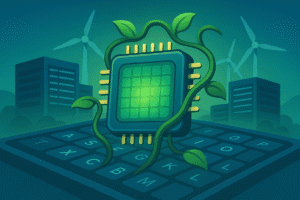
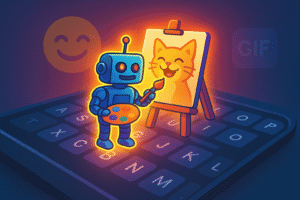


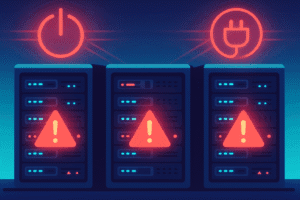


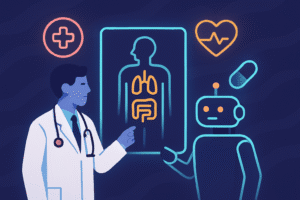
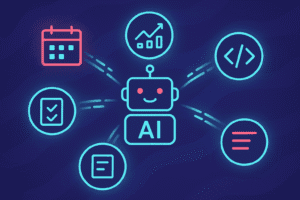

Post Comment